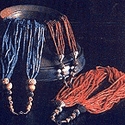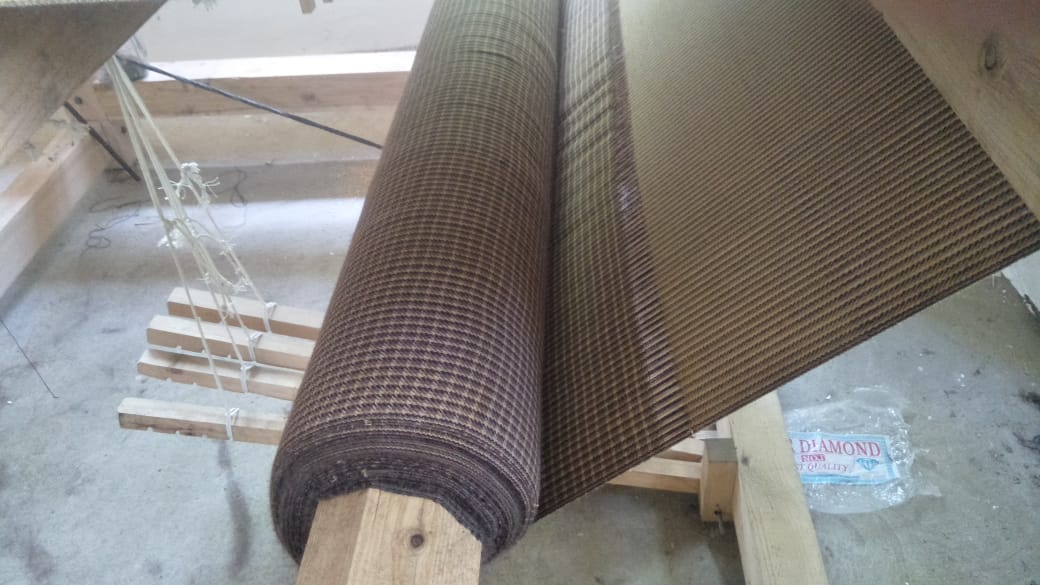Horn craft, especially the carving of buffalo horns – to make bird and animal figures, utility items like combs, cigarette cases, and tobacco pipes, as well as items like necklaces, bracelets, pendants, rings, hair-pins, tie-pins, key tags, cuff links, belt buckles and fan handles – has a long tradition; however, the legal ban on ivory has made horn and bone carving much more common. Buffalo horns are not very difficult to obtain and very reasonably priced. Horn craft is generally found at Bodimaluwa and Joolgahakanda in Galle district on the southern coast of the country.
HISTORY & TRADITION
In ancient times the handles of weapons were carved with horn and the pill boxes of the Vedarala were made of turned horn. Horn combs, elaborately carved, were made by superior craftsmen, while the other common horn combs were made by rodiyo (smiths) or by members of the beraavyo or duraya castes.
PROCESSES & TECHNIQUES
1. THE PROCESS
The first step in the craft process is to boil the horn in water. A certain chemical ingredient is added, the nature of which is kept secret from non-practitioners. This softens the material, making it more pliable and easier to handle. After this, the horns are cut, sawn, or drilled according to the requirements of the products to be made. The item is then polished and often decorated with silver inlay. This is done manually.
2. TOOLS & PROCESSES
A horn comb maker has with him a small adze (1 ½ inch cutting edge), a coarse rasp, a few knives, an awl for marking, a vice, two or three saws, a file, and a few tools that are used to incise the patterns. These iron tools are made by local artisans. The combs are made of buffalo horn cut transversely; the tops of the horns are used for tool and knife handles. A flat piece of horn is sawn off and cut roughly in the shape of a comb. This is made thinner with an adze and rasp and then finished with a knife.
The lines for the inner ends of the teeth and for required patterns are marked with an awl; this is a small bone tool with a sharp point, which is inserted near one end. The comb is now set in the vice and this is held conveniently against the stone with the pressure of the artisan’s legs. The vice has two pieces of wood that are tied together near one end, and a wedge is inserted at the other end. When the wedge is driven in, the short ends of the vice grip tightly whatever is placed between them. The vice is ornamented with some primitive carving. The teeth of the comb are then made – on one side the teeth are very small and cut with a fine saw; on the other side coarse teeth are cut with a thicker saw. The teeth are cut with surprising quickness. Each tooth is then filed at the back and the front to make the edges smooth. The comb is finally polished with a mixture of wood ashes and horn shavings. Patterns are made on the comb with either a chisel-shaped instrument or a two or three point iron tool before polishing.
Gallery
YOUR VIEWS
PRACTITIONERS: INDIA
Access 70,000+ practitioners in 2500+ crafts across India.
BIBLIOGRAPHY
10,000+ listings on arts, crafts, design, heritage, culture etc.
GLOSSARY
Rich and often unfamiliar vocabulary of crafts and textiles.
SHOP at India InCH
Needs to be written.






